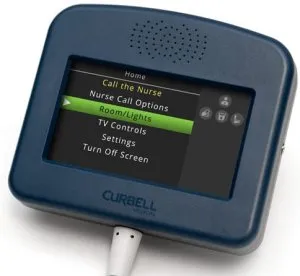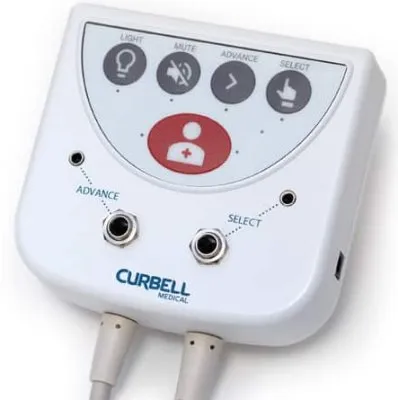
- Home
- Companies
- Curbell Medical Products, Inc, ...
- Products
- Curbell - Model AC20 - Assistive ...

Curbell - Model AC20 - Assistive Control Adaptor
Many individuals with limited dexterity experience difficulty using traditional devices to call the nurse, control the television, or adjust lighting. Working closely with a team at Madonna Rehabilitation Hospitals, and inspired by their First Hope technology, we designed the Assistive Control Adaptor. The Assistive Control Adaptor is a medical device per the FDA and meets all compliance requirements including UL 1069. It gives patients lacking hand control the ability to use sip-and-puff devices, button switches, or other types of sensors to call the nurse, control the TV, adjust lighting, and even open shades and drapes.*
Each device is configured individually for the patient and the type of switch that will be used, giving the patient the ability to navigate through menus and select options.
With the Assistive Control Adaptor, what previously required a visit from hospital staff can now be performed independently by the patient.
The Display Module mounts within view of the patient and provides access to nurse call, TV controls, and room controls*.
- The 4.3″ LCD screen displays a menu that can be configured by your staff through which the patient selects various nurse call, entertainment, and room options
- Contains the speaker, headphone jack, and microphone used for communications with the nursing staff, as well as for entertainment audio
- Plugs into the Base Module, which supplies its power and connection to room devices and systems
* The ability to control room features such as lights and shades is dependent on the existing capabilities your nurse call system.

The Base Module mounts on the head wall and provides control signals to the nurse call system and other hospital and entertainment systems.
- Powered by the included power supply
- Breath-actuated devices or other specialty call cords are connected to the two 1/4″ jacks and two 1/8″ jacks
- Buttons allow the caregiver to operate the system

